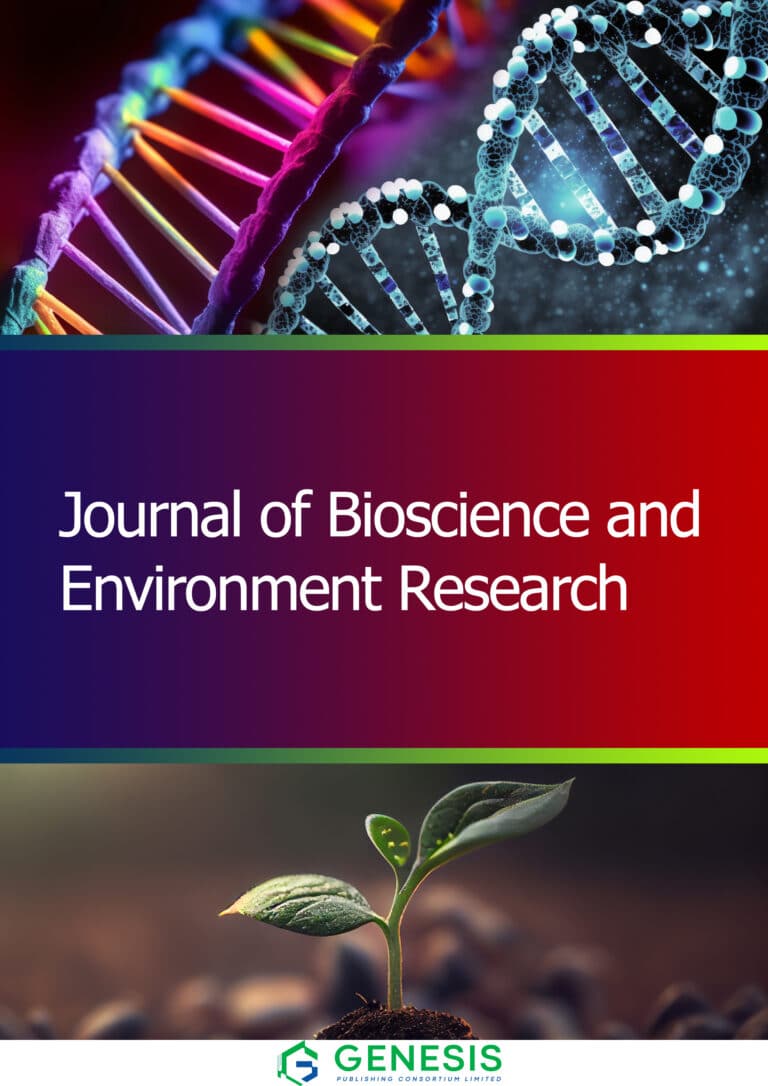Bioremediation, which uses biological processes to cleanse and heal polluted environments, offers a more sustainable alternative to standard remediation approaches. This field uses microbes, plants, and fungi to break down, convert, or sequester toxic pollutants in soil, water, and air (Al Mamun et al., 2024 ![]() ; Akter and Huq, 2020
; Akter and Huq, 2020 ![]() ).
).
Among these biological entities, cyanobacteria stand out for their ecological resilience and diver’s metabolic capacities. Their capacity to photosynthesis, fix nitrogen, and metabolize a wide spectrum of organic and inorganic chemicals makes them excellent candidates for a variety of bioremediation applications (Huda et al., 2024 ![]() ).
).
These microbes flourish in polluted environments, decomposing substances including heavy metals, insecticides, and hydrocarbons. Their synthesis of extracellular polymeric compounds improves their ability to immobilize and sequester pollutants (Rahman et al., 2022 ![]() ).
).
Biotechnological approaches to bioremediation are constantly evolving in response to advances in genetic engineering, synthetic biology, and systems biology. Scientists can improve cyanobacteria and other microorganisms’ natural abilities to degrade and detoxify pollutants by modifying their genetic makeup (Al Mamun et al., 2024 ![]() ). For instance, by introducing specific genes, microorganisms can target and degrade complex organic pollutants that would otherwise be resistant to biodegradation (Huq and Akter, 2021
). For instance, by introducing specific genes, microorganisms can target and degrade complex organic pollutants that would otherwise be resistant to biodegradation (Huq and Akter, 2021 ![]() ). Similarly, synthetic biology techniques can be used to create microbial consortiums with complementary metabolic pathways, resulting in synergistic effects that increase overall bioremediation efficiency.
). Similarly, synthetic biology techniques can be used to create microbial consortiums with complementary metabolic pathways, resulting in synergistic effects that increase overall bioremediation efficiency.
Furthermore, combining bioremediation strategies with other biotechnological innovations, such as bioaugmentation and phytoremediation, shows great promise (Rana et al., 2022 ![]() ). Bioaugmentation constitutes the introduction of specialized microorganisms into contaminated sites to speed up the degradation of pollutants, whereas phytoremediation, which uses the plants to extract, stabilize, and degrade contaminants from soil and water. The combined use of these techniques can improve the efficacy of bioremediation efforts and provide a more comprehensive approach to environmental restoration (Hossain et al., 2022
). Bioaugmentation constitutes the introduction of specialized microorganisms into contaminated sites to speed up the degradation of pollutants, whereas phytoremediation, which uses the plants to extract, stabilize, and degrade contaminants from soil and water. The combined use of these techniques can improve the efficacy of bioremediation efforts and provide a more comprehensive approach to environmental restoration (Hossain et al., 2022 ![]() ).
).
Numerous obstacles still exist in bioremediation research, despite notable advancements. Bioremediation techniques must be carefully evaluated and optimized due to the complexity of contaminated habitats, the unpredictability of pollutant kinds and concentrations, and the possibility of negative ecological effects. Additionally, the effective execution of bioremediation projects depends heavily on legal frameworks and public acceptance (Piwowarska et al., 2024 ![]() ).
).
The potential of biotechnological approaches to bioremediation to contribute to a cleaner, healthier, and more sustainable environment appears more and more apparent as they continue to improve. By utilizing state-of-the-art biotechnological advancements in conjunction with the power of nature, we may solve some of the most important environmental issues of our day and create a more promising future.



